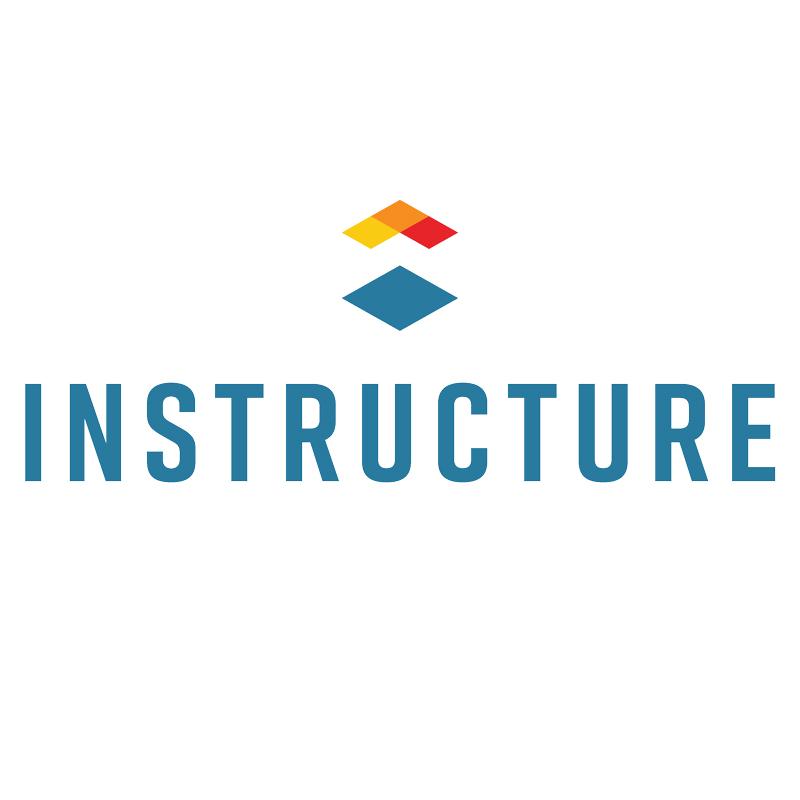
Can AI enhance how we design learning experiences?
Educators can integrate AI into learning management systems to generate new ideas and improve existing courses
Two years after generative AI stormed into the global spotlight, fears about its negative impact are giving way to a growing interest in how it can improve education. As institutions adapt to the ubiquity of AI, sharing knowledge and best practices on how to use it effectively is important. A THE webinar, held in partnership with Instructure, highlighted some of the ways that AI can be used to enhance learning experiences.
Canvas, the widely used virtual learning environment, is at the core of Instructure’s digital ecosystem, said Eumari Bonilla Cartier, regional director at Instructure: “We have collaborated closely with our education partners to understand their future needs. As a result, we have built a comprehensive ecosystem of solutions.”
Cartier also stressed the importance of sharing tips and insights to enhance learning design. “We have a highly engaged community of Canvas users from institutions across the world sharing best practice. So whether you are seeking inspiration or eager to contribute your insights, there is a strong community you can connect with at the click of a button,” she said.
Sara García, designer and learning management system administrator at ISDI Digital Business School, said that AI should be considered a “new type of co-worker”. It can be a creative assistant that supports educators in expanding their vision of how they teach. “AI can be something that helps us in our daily work to get new ideas or fulfil boring tasks,” she explained. It can also streamline academic workflows and suggest creative solutions and ideas.
García said that AI could be a useful partner in the learning design process, from research to implementation. She has found that suggestions from ChatGPT and similar tools add to the learning experience considerably. The effectiveness of AI’s output will often depend on the prompt, she added. She suggested using prompts such as “act like a [job title]” or “act like an expert”, asking for ideas on how the task could be presented in a more innovative way and using multiple prompts to elaborate on initial responses. However, she warned that there was no magic formula and that a more complicated prompt would not always guarantee a better result.
Cartier spoke about the benefits of integrating AI into learning management systems to make course creation and implementation easier for educators. She highlighted some AI-powered features available on Canvas, such as discussion summaries and translation, smart search and intelligent insights.
“AI tools gave me options I might not previously have been aware of and was a really quick way to expand my vision,” said García. She urged educators to approach AI with caution and continue to think critically about the responses provided by these tools.
Furthermore, the environmental impact of generative AI should not be ignored. When large language models are accessed by millions of users, the servers needed to perform these tasks consume phenomenal amounts of electricity and water. “AI can feel like magic but it has real-life consequences,” García concluded.
The panel:
- Eumari Bonilla Cartier, regional director, Instructure
- Sara García, designer and LMS administrator, ISDI Digital Business School
- Sreethu Sajeev, branded content deputy editor, Times Higher Education (chair)
Find out more about Instructure.

.jpg?itok=__tMPjD6)